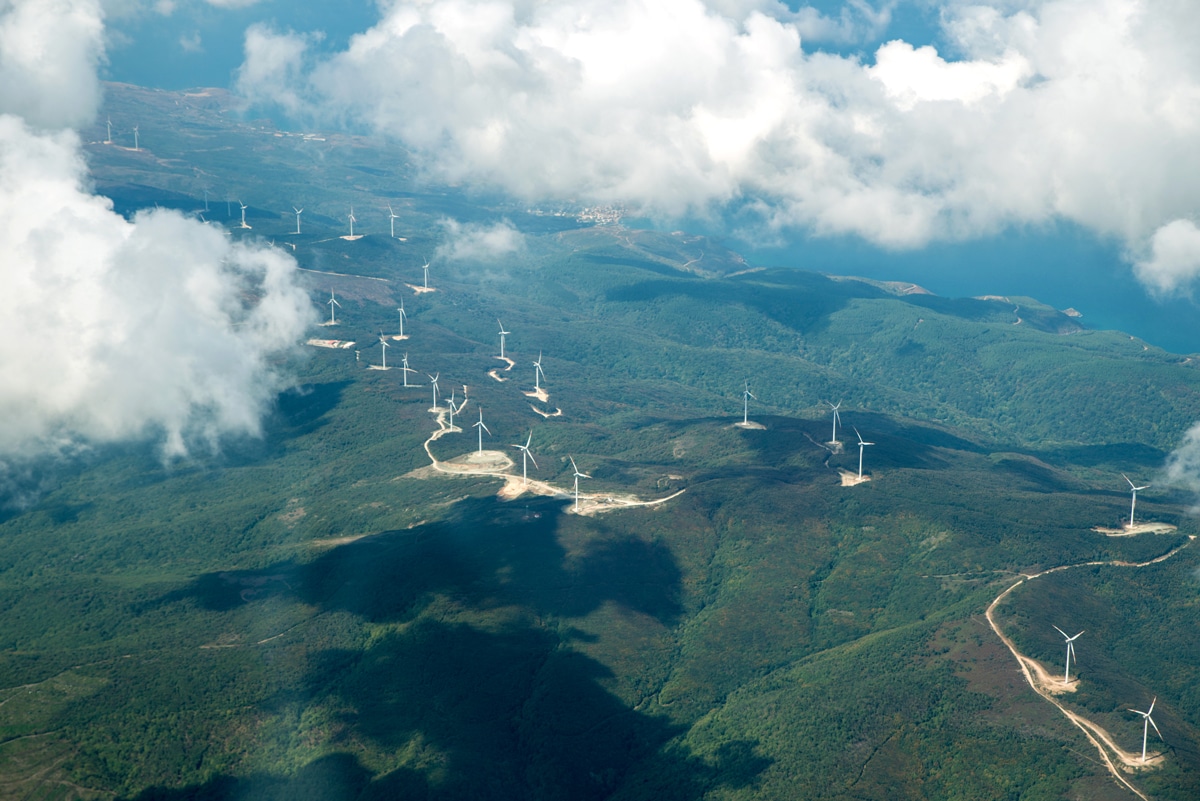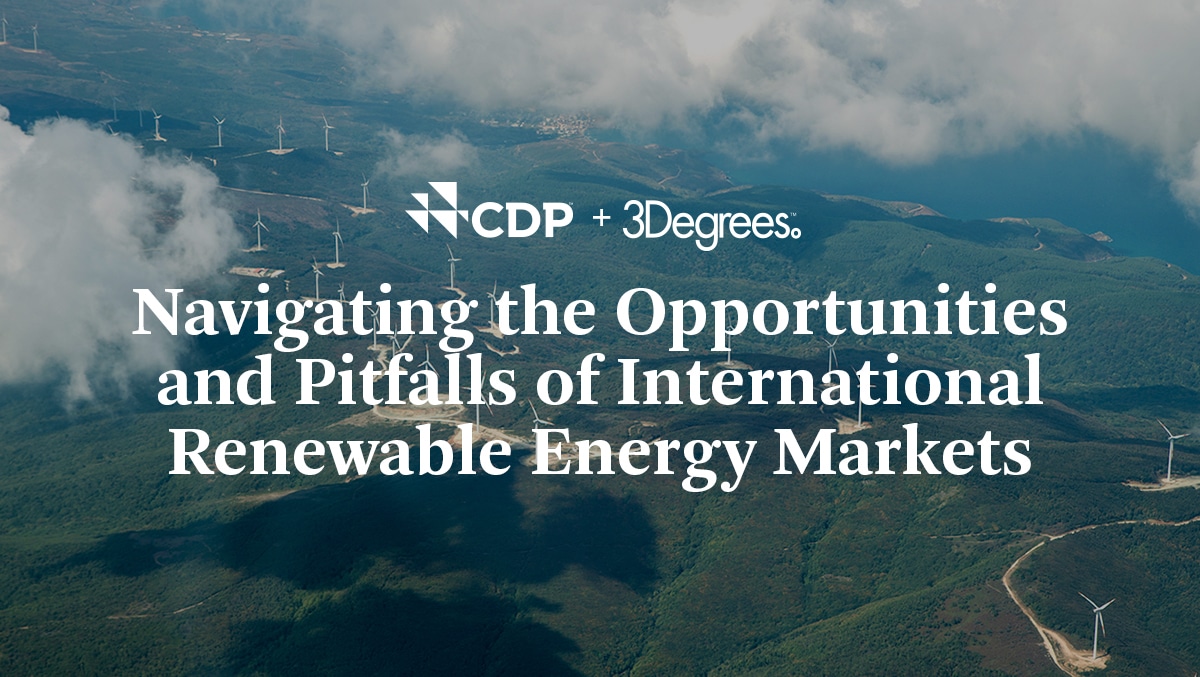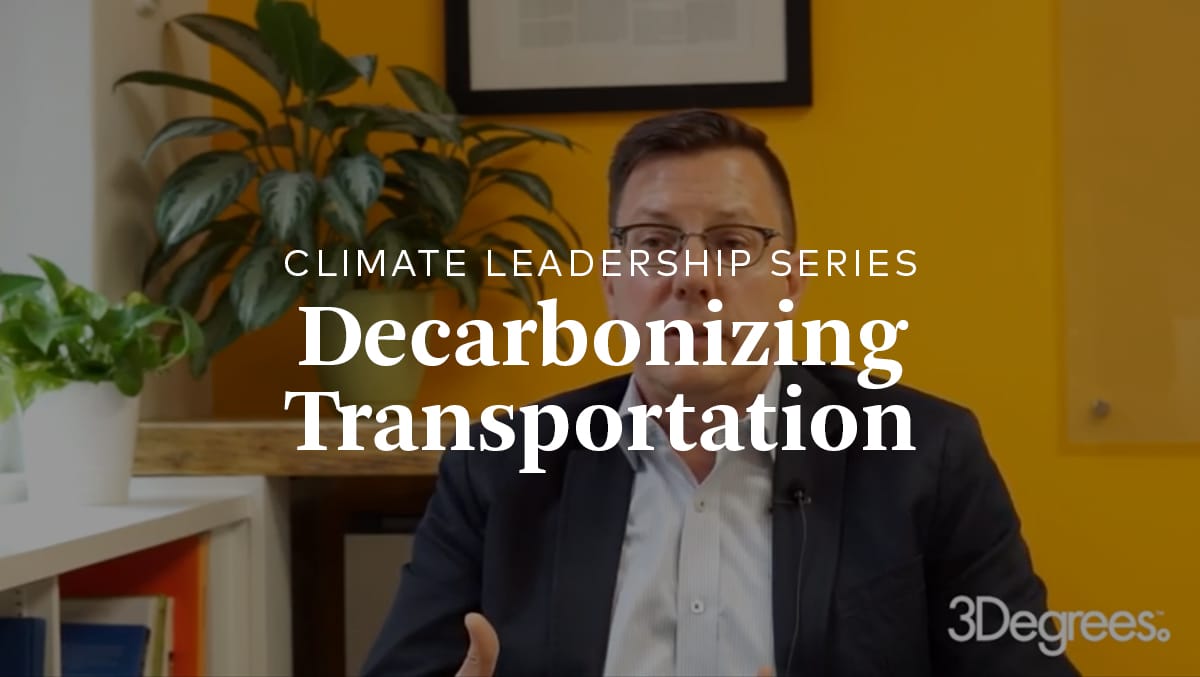
Convening the participants
By now, the concept of renewable energy aggregation is well-known due, in part, to recent high-profile projects being featured in the headlines. The topic has also become a favorite at industry conferences, popping up in numerous conversations such as the panel I recently participated in at GreenBiz titled, Renewable Project Aggregation: How Does it Work?
The benefits of participating in a joint procurement are many. Aggregating companies’ renewable supply requirements enables companies with small needs to participate in high-impact, direct relationships with renewable projects; it enables companies with large loads to cost-effectively pursue a wide variety of renewable supply strategies – for example, to maximize local impact whenever possible.
Perhaps most importantly — and here is where aggregation differs from contracting independently for a small slice of a project — joint procurements can enhance business relationships, achieve broader corporate goals, enable mutual learning, and speed the stakeholder engagement and acceptance processes inside all participating organizations. It can even be fun!
Aggregation: when multiple companies come together into a single renewable energy procurement to reduce transaction costs and create economies of scale.
If my customer conversations are more or less the norm, many organizations like the idea of participating in an aggregation but don’t know how to get started. This blog series, Pathways to a Successful Renewable Energy Aggregation, will explore several aspects of aggregation and offer insights into how to make the most of this unique renewable energy supply option.
This first post will address… oh so appropriately… getting started.
There are several ways a group of like-minded buyers can come together to execute a joint procurement. Common among them is a convener. A convener is a champion from one organization – and it could be any variety of people – who decides it’s time to take the first few steps. As noted below, the convener need not be an experienced buyer nor a service professional, nor even someone really sure that they want to sign a PPA. Just someone who likes making things happen.
Scope 3 Emissions Initiative
Are you thinking hard about a science-based target? Or staring one in the face, pondering how to tackle the scope 3 requirement? Maybe you simply know well enough that electricity used by your suppliers (upstream) or required by your products for customer use (downstream) is a significant part of your overall climate footprint and would prefer not to sit idly by?
Convening a renewable energy aggregation project is a great way to help your suppliers or customers take action at minimal cost in either time or money for your organization. In this model, a convening Champion partners with a service provider to assemble a buying group.
The Champion’s role is to identify business partners whose electricity use is important to the Champion’s footprint, and select a subset with geographically aligned electricity use in an appropriate region. The most critical role is to invite and encourage these companies to join a renewable aggregation alongside other partners. The Champion organization need not even participate in the procurement, though doing so certainly demonstrates mutual commitment.
A service provider is key to this model so that invited participants can seek information and guidance from a third party – not their business partner. Having a service provider also brings experience and expertise to the table so the Champion company need not play the role of expert advisor to their suppliers. If the Champion company selects a service provider in advance, it speeds the process of grouping interested parties into a procurement team.
For companies with scope 3 greenhouse gas emission reduction targets, customer or supplier participation in renewable energy aggregation can play an important role in achieving those goals.
Small Buyer Convenes a Team
In the first model, the convening company may be a large electricity user. Many aggregation discussions assume there must be a large company in every group, shepherding the others along or paving the way for the smaller buyers. But aggregations are especially beneficial for smaller buyers, and small buyers can also play the convening role.
As the convener, the small buyer decides what renewable energy supply they’d like to pursue. For example, would you like to limit the geography of any transaction based on your load? Do you have a timing requirement for your project? With some preliminary boundaries set, it is easier to find potential partners.
A small buyer can identify partners through independent work – call colleagues, attend conferences and educational events, ask the Renewable Energy Buyers’ Alliance (REBA) for help. Or, you can ask a service provider to identify partners for you. If you plan to use a service provider in any case, bringing them on to help identify partners is a great way to get started. And if you plan to use a service provider’s procurement services, they can establish a team for you at no cost.
In both of these scenarios, the convening buyer is forging the path for the aggregation, raising their hand to signal they’re ready to move forward and defining the criteria that will make the procurement a win.
Large Buyer Drives a Bus
Of course, a large buyer can lead a procurement alongside smaller buyers, acting as an anchor tenant or as a mentor/process leader. For the large buyer, this process looks a lot like the second option – define the procurement boundaries, then seek partners to fill out a team. For smaller buyers, making your interest known to service providers, industry groups, and companies in your area may help you get a seat on this bus – but if speed and certainty are desirable, starting your own aggregation is a surer way.
Renewable energy aggregation can provide significant benefits to companies. And while getting a buyer’s group started might seem like an overwhelming prospect, I hope this guidance is helpful. Aggregated procurement can be a viable option for a wide range of energy buyers, and we’re excited to see it take off. Need help? Call us! We’d love to talk.
Erin Craig speaks about pathways to getting started with renewable energy aggregation:
Interested in learning more about aggregation? Read the next two posts in this blog series, Building an Effective Renewable Energy Aggregation Team and Incorporating Diversity into Renewable Energy Procurement.



Recent Comments